Apple rolled out the iPhone 5S and iPhone 5C on Tuesday, and there were few surprises. Is it worth it to buy one of these new iPhones? See if you agree with my decision.
There’s not much reason for me to upgrade to an iPhone 5C from my current iPhone 5, because the technology inside is remarkably similar. There’s an A6 chip, LTE and an 8-megapixel camera, so the only reason I might upgrade would be to spend some extra money to get a colorful plastic housing. No.
So now let me consider the iPhone 5S. Because of the contract I have with AT&T, I would have to pay a penalty to get it, so let’s see if it’s worth it.
First of all, Apple touted the iPhone 5S’s new 64-bit architecture, something that would be crucial for those who play lots of action games on the iPhone. However, I’m not doing that with my iPhone. In fact, I never thought CPU or GPU speed was ever an issue with the iPhone 5. I must add that I didn’t see any difference in speed between the iPhone 5 in the iPhone 4S, which was the difference between Apple’s A5 chip and the A6 chip in the iPhone 5.
If you play a lot of iPhone games, this doesn’t apply to you. But I don’t care at all about playing games on my iPhone, so the 64-bit software and hardware probably won’t make any difference.
The “True Tone ” flash sounds promising, and it won’t take much for any flash to look better than the one that’s on previous iPhones. However, no matter what name Apple gives it, the True Tone flash will not be a miracle worker; its tones will almost certainly be anything but true. So I’ll still avoid taking flash pictures with it. Another nonstarter.
I’m intrigued by Apple’s auto image stabilization. Apple’s version of image stabilization debuted on the iPhone 5, but Apple says it’s been improved for the iPhone 5S. The stabilization is only for video, which is a shame if you’re shooting stills in low light — those could also use stabilization (helping that will be the slightly faster lens aperture, f/2.2 compared with f/2.4 of the iPhone 5). Because image stabilization quality can vary so widely — as I’ve seen on many camcorders I’ve reviewed — I’ll have to reserve judgment on this one. I’ll wait until I’ve tested this myself, but if it’s truly been improved, this could be a big plus for the iPhone.
Another intriguing new feature is the M7 motion coprocessor. It will enable new gee-whiz apps that can use its continuously measured motion data. It works with the iPhone’s compass, accelerometer and gyroscope, combining their data with GPS to determine user movement. According to Apple, this will give the iPhone 5S more contextual awareness than its predecessors. The M7 powers Apple’s newly-announced core Motion API in iOS 7, working with apps such as the new “Nike+ Move,” which can discern whether the user is sitting still, walking or riding in a car.
Another one of the iPhone 5S’s newfound capabilities is analyzing shots and picking the best one. That could be a useful feature. Alongside that is the new 120 frame-per-second slow motion feature, a gimmick that might be fun to play with, especially when you can easily edit the footage to kick in the slow motion with a few taps. However, I don’t see that as a crucial capability, either.
I like the idea of Touch ID, the fingerprint sensor that could make iPhones more secure. I have serious reservations about this technology, though. I had a laptop a few years ago that had fingerprint recognition, and it didn’t work most of the time. Unless Apple’s implementation of fingerprint sensing is perfect, this is going to be a gigantic boondoggle, and “you’re holding it wrong” is not going to cut it for people who can’t get into their own phones. This is going to be fun to watch.
The pricing of the iPhone 5S will be the same as its predecessor ($199/$299/$399, 16GB/32GB/64GB respectively), which sounds like a good deal given the faster processor and the improved camera. However, stubborn Apple sticks to its ruse that 16GB of flash memory costs $100. Come on Apple, stop gouging people with flash storage prices.
Will I buy one of the new iPhones? Certainly not the iPhone 5C, but yes, I will probably buy the iPhone 5S, because I take a lot of pictures and could use an improved camera, even if its larger sensor only offers an incremental quality boost. I’m eager to try out that fingerprint sensing technology. And I want to be able to review new apps that use that new M7 motion-sensing technology.
The presence of that fingerprint sensor has me concerned. That’s why I’m going to do something I haven’t done before: I’m not going to buy this iPhone on day one — as I have every other iPhone since its inception. Instead, I’ll wait to hear either the howls of discontent or squeals of pleasure with the new fingerprint sensor. I’ll wait to see if that image stabilization is really any better. And I’ll hold out for a few pictures from that imaging chip that’s 15% larger.
Am I disappointed with Apple’s presentation? No. There aren’t many secrets with Apple keynotes anymore, so I wasn’t expecting some gigantic surprise. The iPhone has reached such a level of sophistication, it’s hard to find any features that are actually groundbreaking. Apple can slather on gimmick after gimmick, but the core product is still reaching maturity.
I’m happy Apple has made the iPhone more accessible to more people with the lower-priced 5C model, but both iPhones all still exorbitantly expensive. If Apple could deliver the iPhone 5S for $49 with a $50 month-to-month contract, then I would be impressed.
Images: Apple

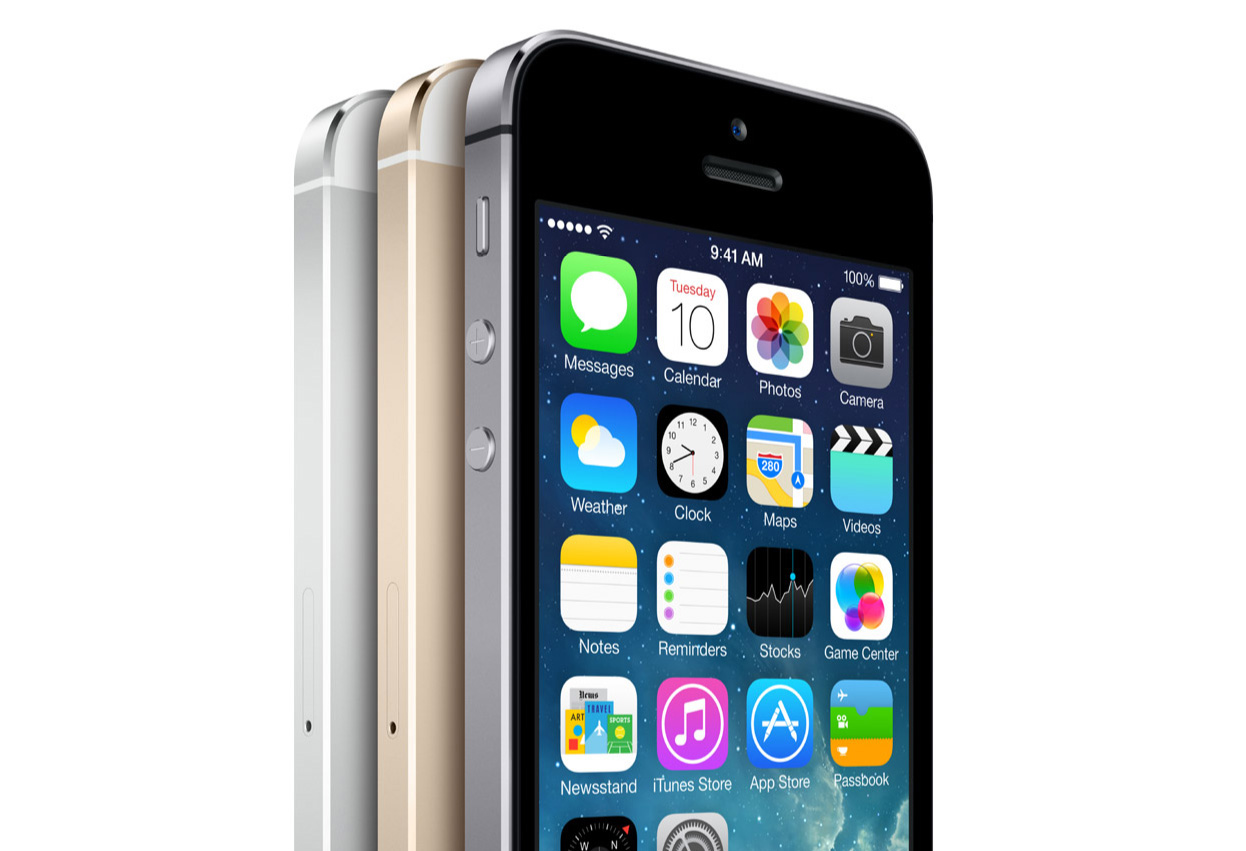
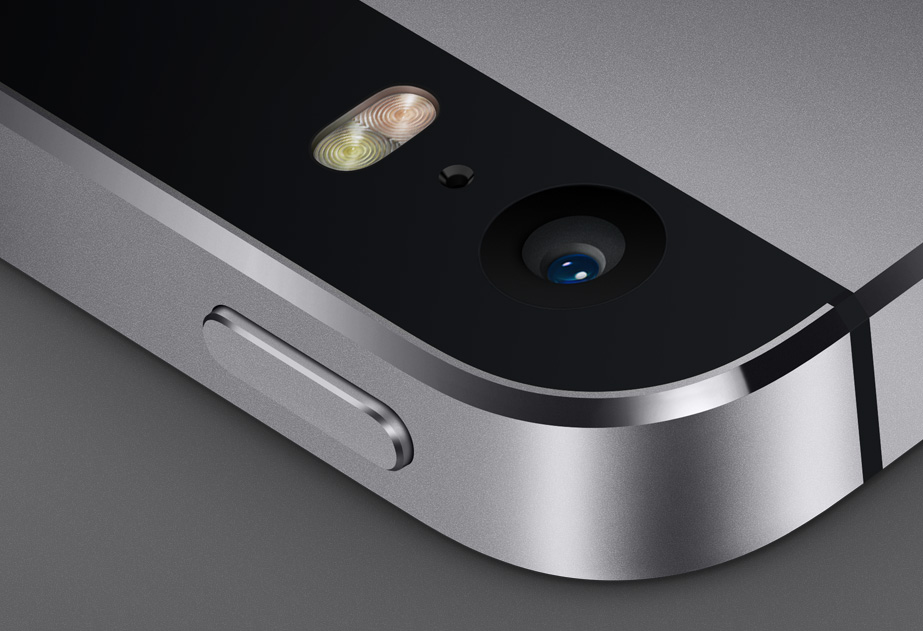
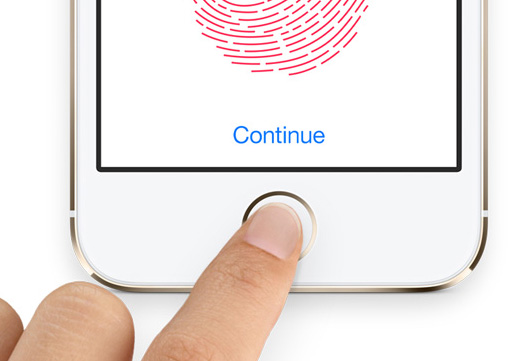
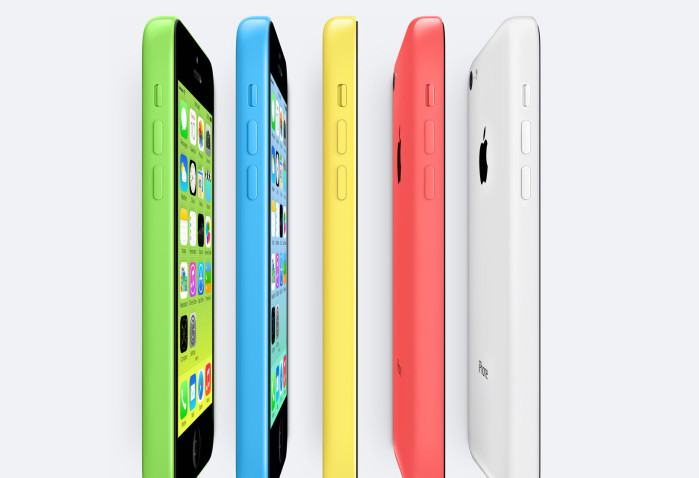
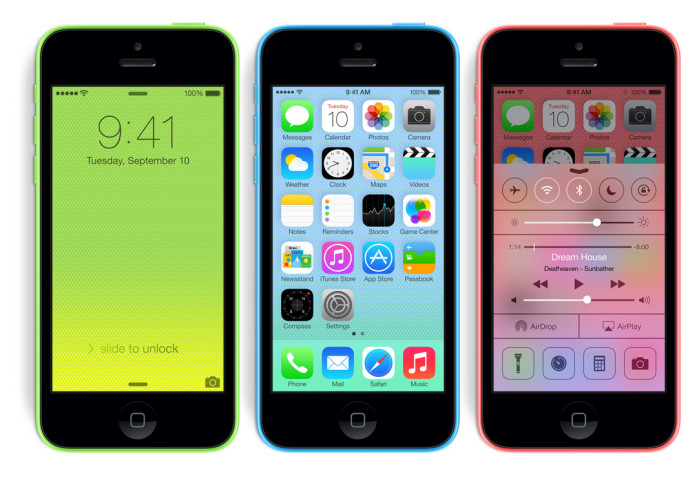
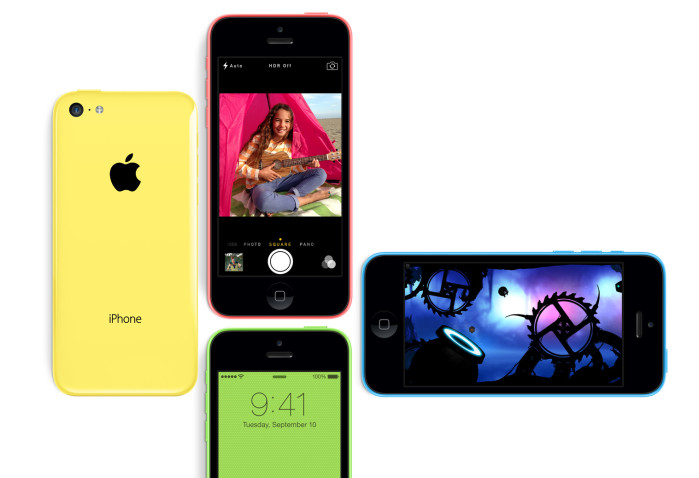
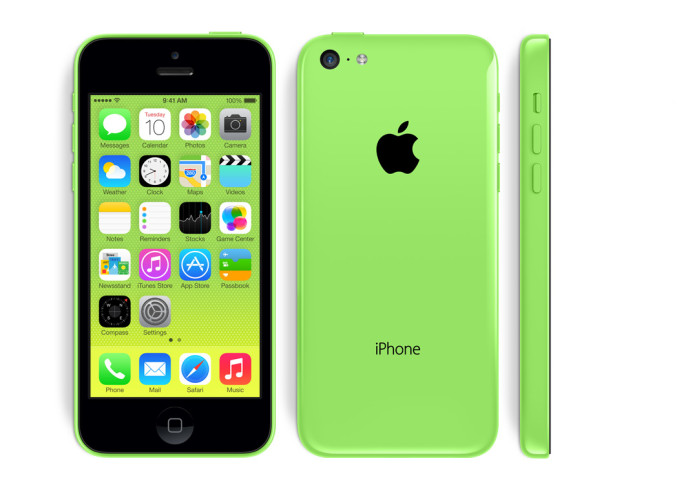
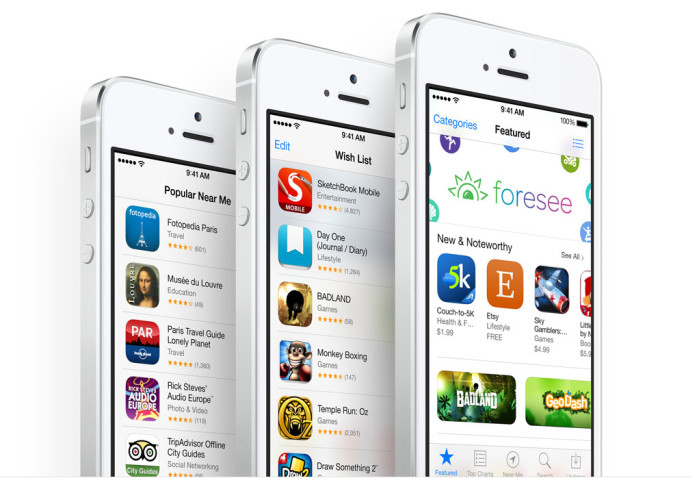

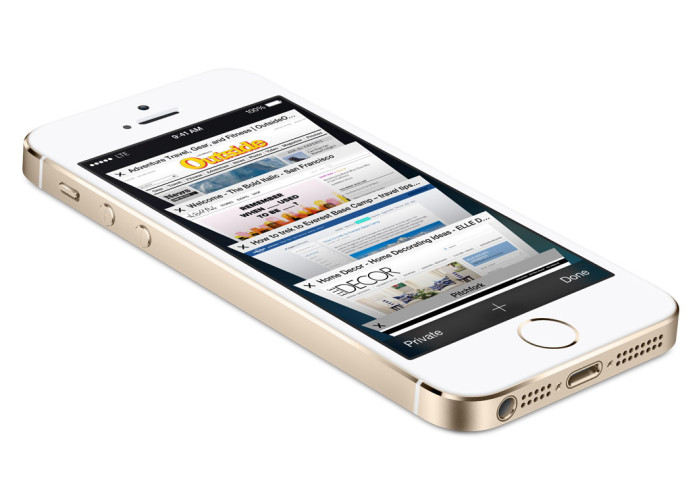

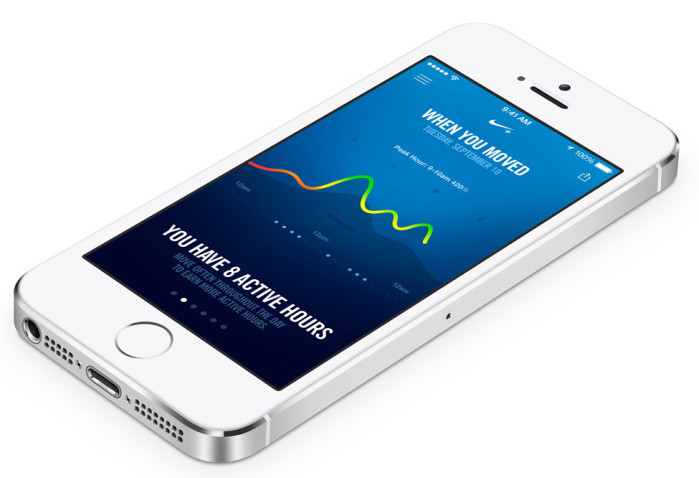
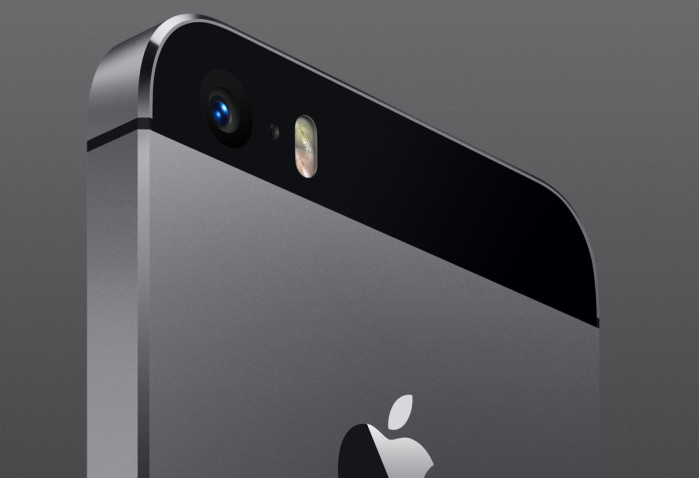

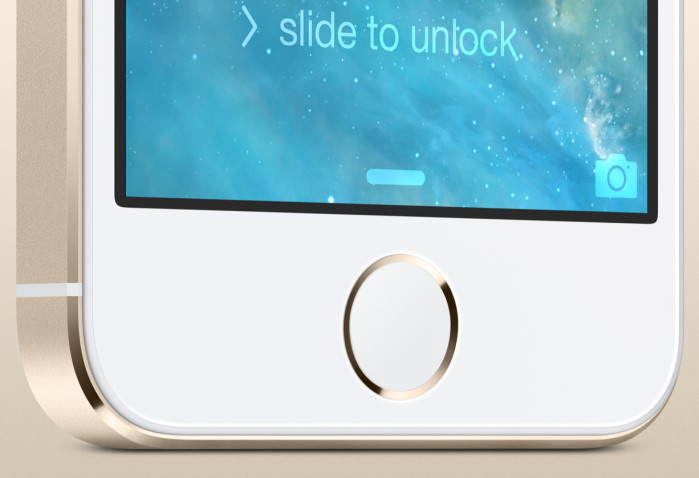
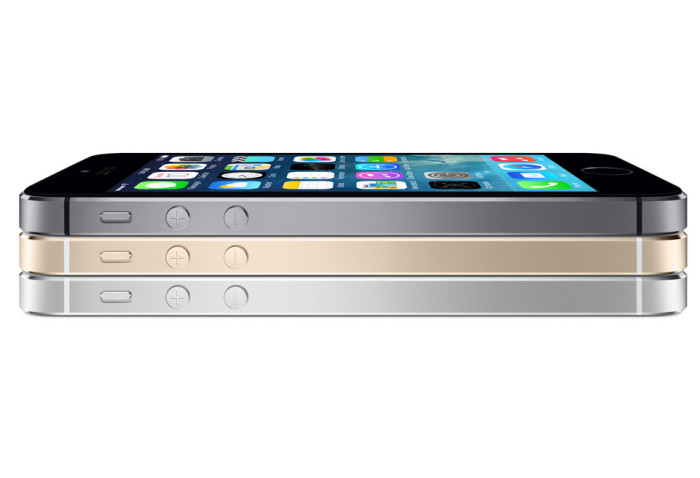

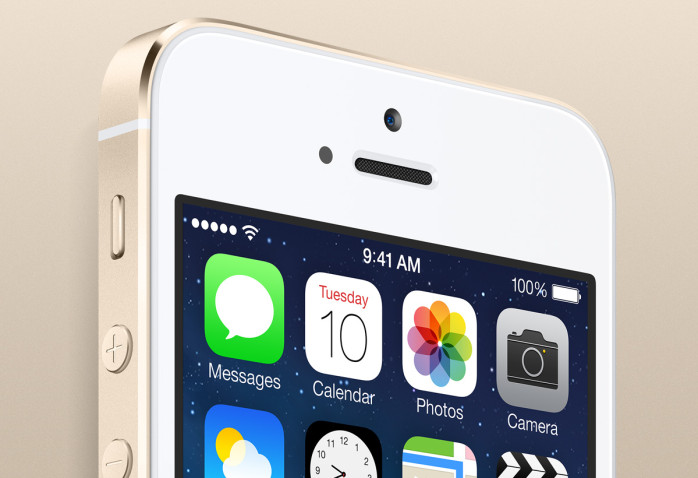
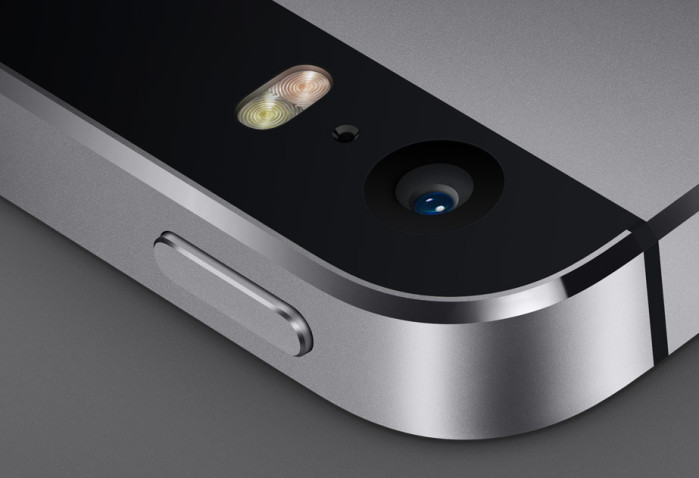
Pingback: Upgrading to the iPhone 5S is pointless [OPINION] - Charlie White
Pingback: Could this be the iPhone 6 or iPhone Air? [PICS] - Charlie White
Pingback: Ten Questions to Ask Before Posting | Bloggers Boot Camp